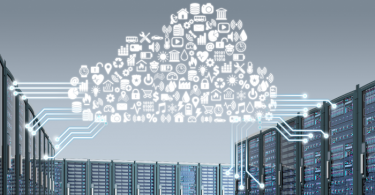IT operations and security are changing fast. As technical architecture, requirements, and threats...
AIOps Blog
Safeguarding Digital Frontiers: How Comprehensive Discovery...
In today’s technology-driven world, the role of IT operations management has evolved beyond...
Accelerate Service Assurance with the Latest Release of BMC...
We are delighted to announce our latest 23.2 Spring release for BMC Helix Operations Management...
What Makes Automation Intelligent?
When examining what makes automation intelligent, it is important to first differentiate between...
What’s New with BMC Helix in Winter Release 2023
BMC Helix Operations Management with AIOps, a key part of our ServiceOps offering powered by the...
Combine AI and Observability for Predictable IT Service Outcomes
Business organizations are rearchitecting their IT infrastructure and applications to overcome the...
BMC Helix Containerized Monitor Agent: Next Wave of Monitoring...
In the modern era of application development, customers are widely adopting a containerized, micro...
What’s New in BMC Helix Platform—IT Operations Management...
BMC Helix Operations Management with artificial intelligence for IT operations (AIOps), a key part...







